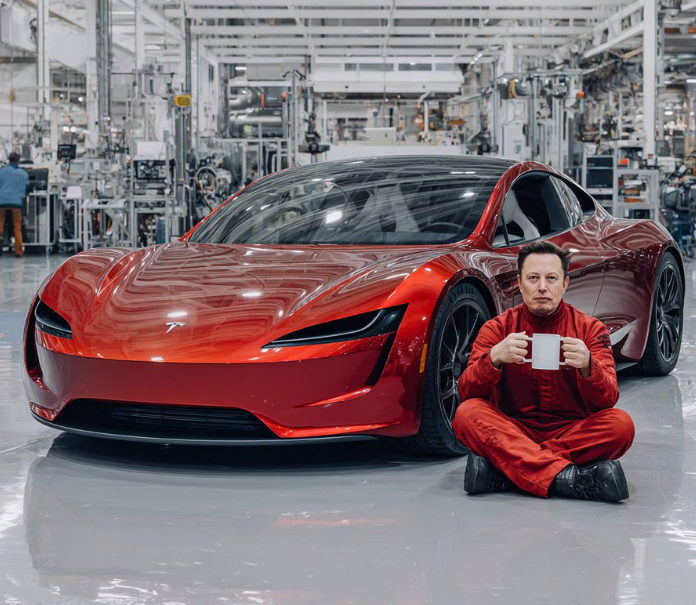Tesla Enters Indian Market with High Hopes and Hefty Price Tag
Tesla has officially made its long-awaited entry into India, opening its first showroom in Mumbai on Tuesday as the electric vehicle (EV) giant battles global sales declines and mounting competitive pressure. The move signals a major push into the world’s most populous country—a market that Tesla has eyed for years but struggled to access due to steep import tariffs and regulatory hurdles.
As Tesla contends with its steepest sales drop in history, the company is looking for new growth avenues beyond its saturated traditional markets. Nearly half of Tesla’s revenue comes from the United States, and just over 20% from China, with the rest spread across other international markets. But the absence in India—now the world’s third-largest auto market behind China and the U.S.—has increasingly become a glaring gap in Tesla’s global footprint.
Tesla’s entry comes at a cost, quite literally. The company’s Model Y is listed on its Indian website at ₹61,07,190—approximately $71,000 USD. In comparison, the same car sells for about $45,000 in the United States before incentives, or as low as $37,500 with the soon-to-expire $7,500 federal tax credit for EVs. Such a pricing gap reflects India’s significant tariffs on imported vehicles, which can more than double a car’s cost, and remain a key obstacle to widespread EV adoption.
“We’ve been working on getting into India. India is a very hot market,” Tesla CFO Vaibhav Taneja said during an investor call in April. “It will be a great market to enter because India has a big middle class.” However, he also acknowledged the ongoing trade tensions, stating that “tariffs create a little bit of tension, which we’re trying to work around.”
India’s large and growing middle class offers a massive potential customer base, but the current pricing may limit Tesla’s appeal to only the ultra-wealthy. Indian buyers have a growing appetite for EVs, but most sales are concentrated in lower and mid-range models from domestic brands like Tata Motors or foreign automakers like Hyundai.
Tesla’s market entrance also comes at a politically delicate time. CEO Elon Musk’s increasingly controversial public persona and political affiliations have sparked backlash in some regions, potentially impacting consumer sentiment. At the same time, Tesla is losing ground to legacy automakers expanding their EV offerings and facing intense competition from Chinese EV companies like BYD, which is rapidly growing despite being barred from the U.S. market.
Reports of internal shakeups add to the company’s instability. On Tuesday, the Wall Street Journal reported that Troy Jones, Tesla’s vice president of sales and service, has left the company—another high-profile departure in a string of executive exits.
Tesla has expressed interest in eventually building a plant in India, a move that could help it skirt high import duties and lower prices. However, for now, its factories in the U.S., Germany, and China are running below capacity amid softened global demand. A proposed new plant in Mexico is currently on hold, further complicating the company’s expansion plans.
Meanwhile, trade negotiations between India and the United States continue, with President Donald Trump stating two months ago that India had offered to eliminate tariffs on U.S. imports as part of a broader deal. However, Indian officials have publicly denied any such agreement is finalized.
Whether Tesla can overcome the regulatory, pricing, and market perception challenges remains to be seen. But for a company in urgent need of revitalization, India may represent both a high-stakes gamble and a long-term lifeline.








